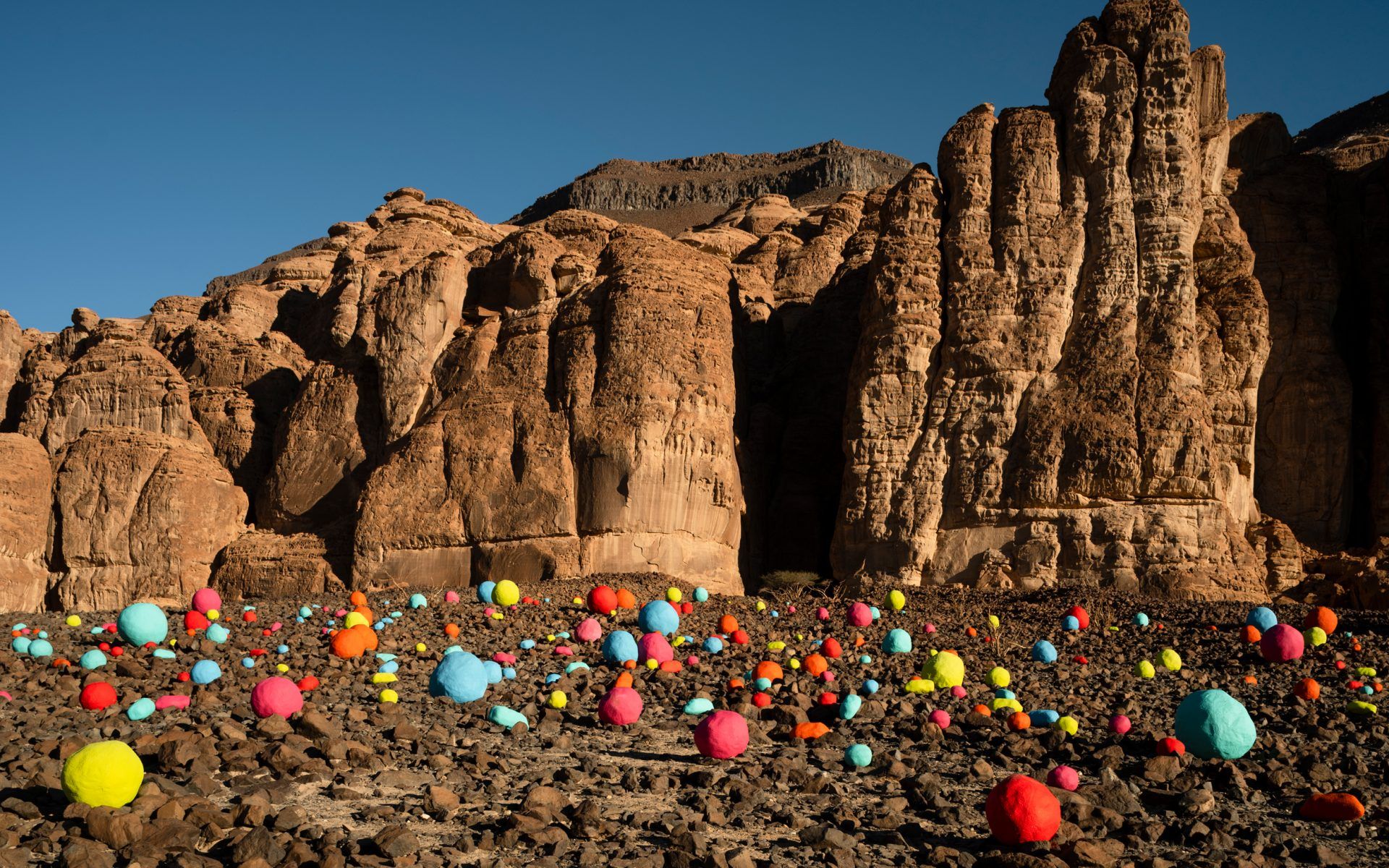

Contemporary Art Transforms an Ancient Archeological Site in Saudi Arabia
For Desert X Al-Ula, 14 Saudi and international artists harness the beauty of the landscape to foster cross-cultural dialogue
The rocky landscape of the Saudi Arabian desert might not the most expected setting for an international contemporary exhibition. But this week, Desert X, the biennial of site-specific installation art that began in Southern California, launches its first edition in Al-Ula, an ancient archaeological site in the northwestern area of the kingdom.
Located 680 miles from the Saudi capital of Riyadh, Al-Ula is a lush oasis that was inhabited some 200,000 years ago by the peoples of the Lihyan and Nabataean kingdoms and includes the UNESCO heritage site of Hegra (Mada’in Saleh). Taking cues from the Land Art movement of the late 1960s and early ’70s, artistic director Neville Wakefield and Saudi co-curators Raneem Farsi and Aya Alireza invited Saudi and international artists to respond to the specific conditions of the desert in order to promote cross-cultural exchange. A partnership with the Royal Commission for Al-Ula (RCU), the biennial is among the first opportunities for international visitors to take advantage of the country’s new eVisa program and relaxed public conduct regulations.
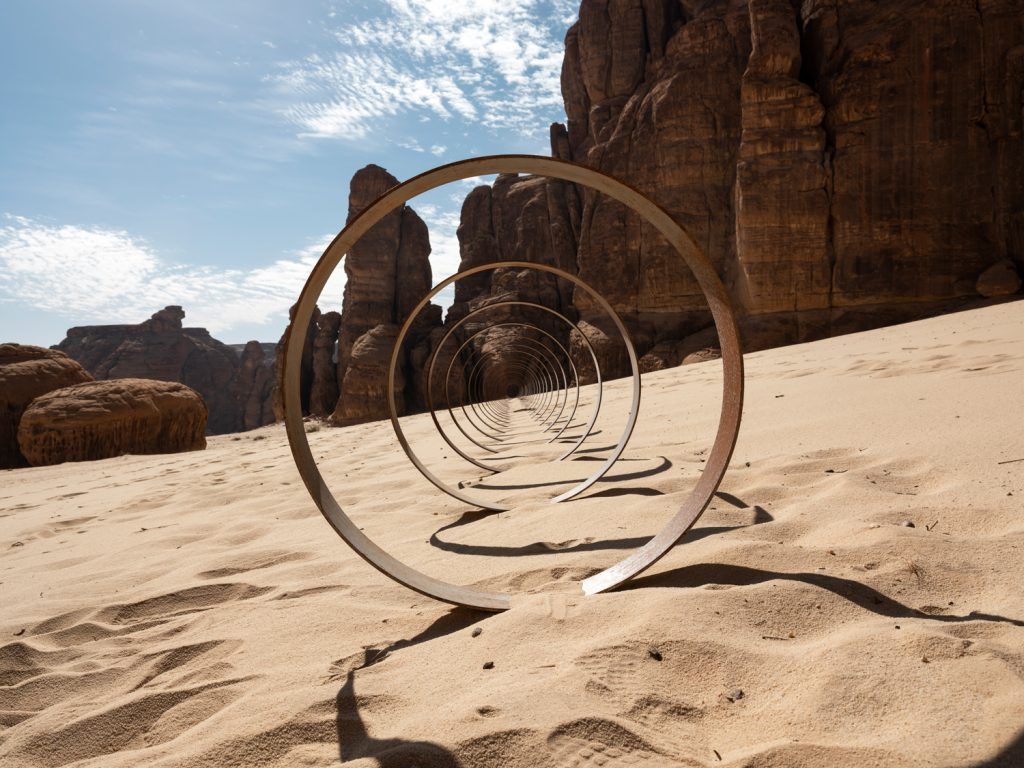
Through March 7, visitors will find dramatic site-specific works by 14 artists scattered around the sandstone cliffs. Mohammed Ahmed Ibrahim’s Falling Stones Garden, comprising brightly colored rocklike forms, reflects the fragility of the desert ecosystem. The Egyptian artist Wael Shawky’s installation, Dictums: Manqia II, recalls the once-thriving historic town as a place of architectural memory through a new video that is projected onto the rock face. Zahrah AlGhamdi’s Glimpses of the Past is a shimmering oasis made of thousands of date containers, which were once an important part of Al-Ula’s agricultural industry.
Recommended: 10 Buzzworthy Art Cities to Visit in 2020
The young Saudi talent Nasser Al Salem has crafted a futuristic sculpturelike tunnel meant to express time as a continuum that crosses civilizations. American artist Gisela Colon, meanwhile, explores the divide between past and present with her plastic sculpture The Future Is Now, which recalls both a high-tech spaceship and an ancient cultural artifact.
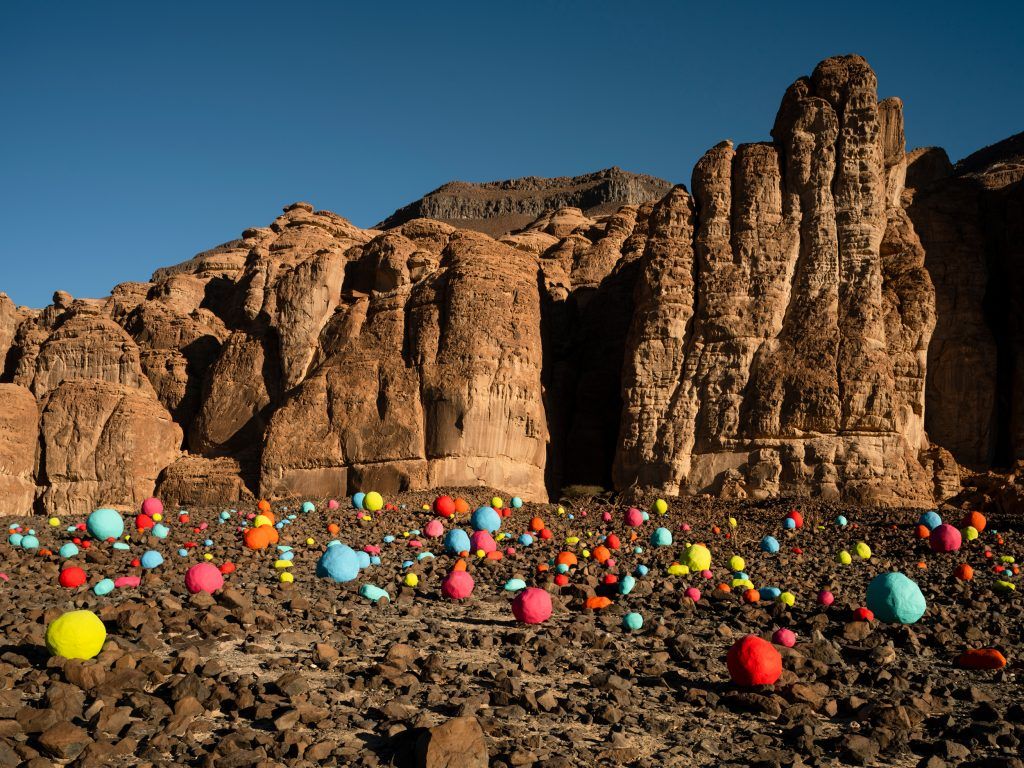
Of course, the project has not been without its share of controversy. When it was announced, Los Angeles artist Ed Ruscha, who was on the board of Desert X, said the collaboration with the Saudi Arabian government led him to resign, given the country’s human rights record and the murder of journalist Jamal Khashoggi. Board members art historian Yael Lipschutz and stylist Tristan Milanovich also resigned following the partnership.
But Desert X founder and board president Susan Davis defended the collaboration, hoping it would promote new conversations. “We believe that art has no boundaries and fosters mutual understanding. Our goal is for Desert X Al-Ula to activate international dialogue through the voices of artists, and the RCU is advancing this shared vision,” she said in a press statement.
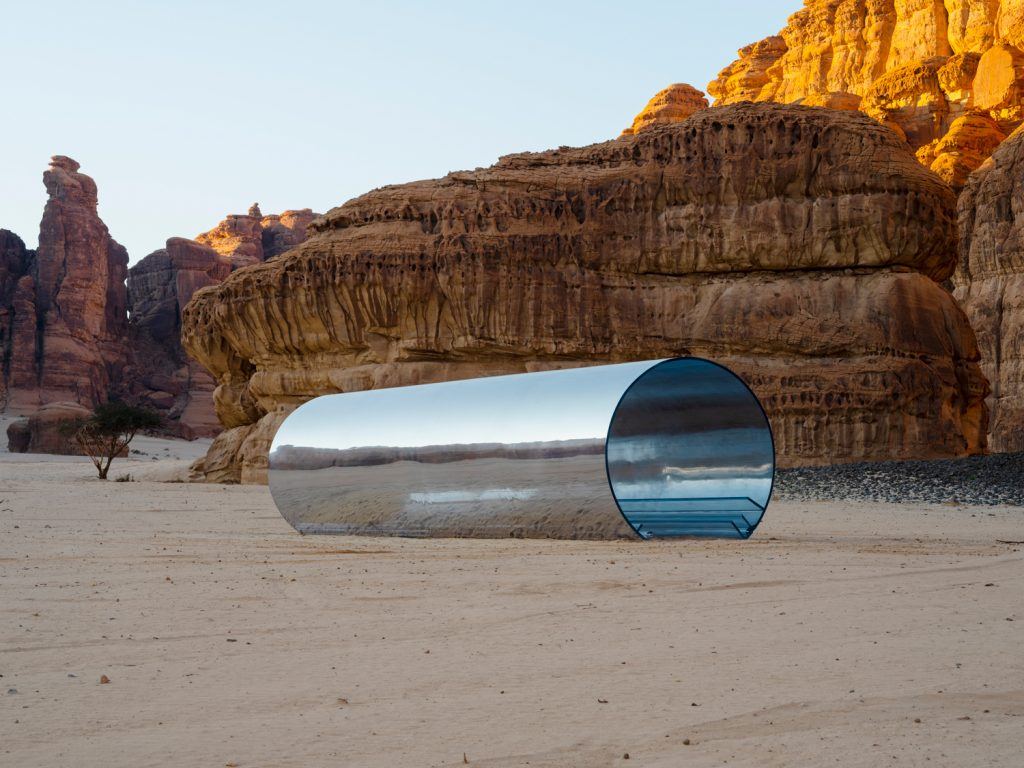
The event is funded by the Saudi state as part of Vision 2030, an initiative spearheaded by Saudi Arabia’s 32-year-old crown prince, Mohammed bin Salman, with the intention of diversifying the country’s economy. Encouraging tourism and the pursuit of international partnerships are said to be the two main focuses.
The move follows in the footsteps of its Gulf neighbors, like the United Arab Emirates and Qatar, which have been fostering their own homegrown art scenes with ambitious cultural institutions and programming for some decades.
“We want to give voice to Saudi Arabia’s dynamic artistic community and talented artists,” said Desert X Al-Ula co-curator Raneem Farsi. “We are working toward a more inclusive future through art.”
See a selection of the artworks below.
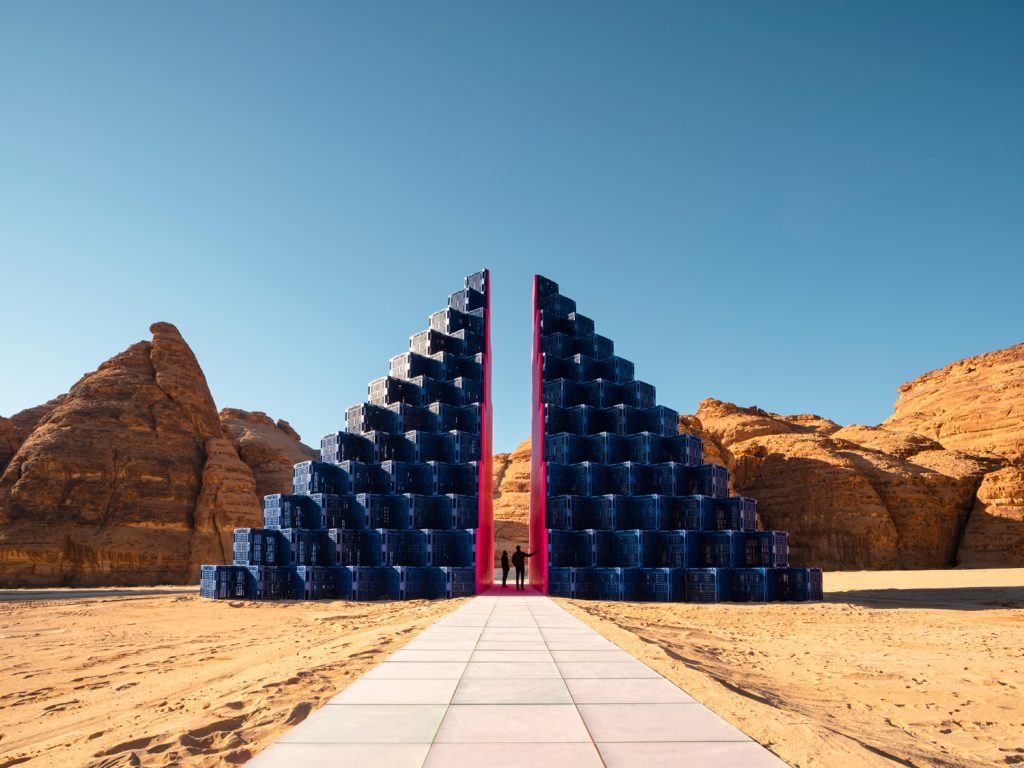
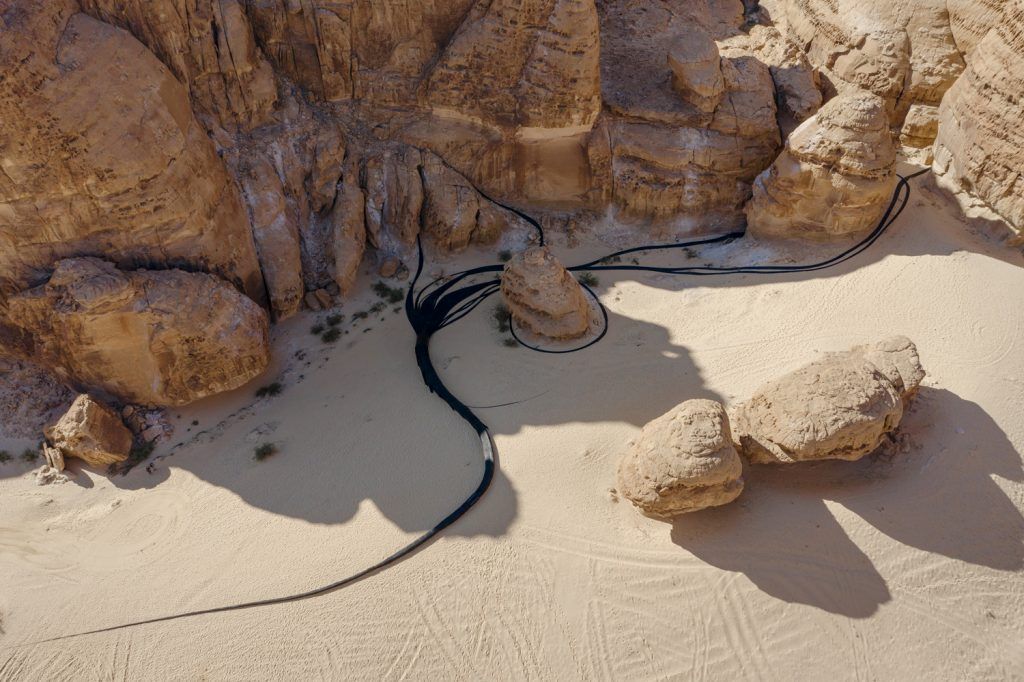
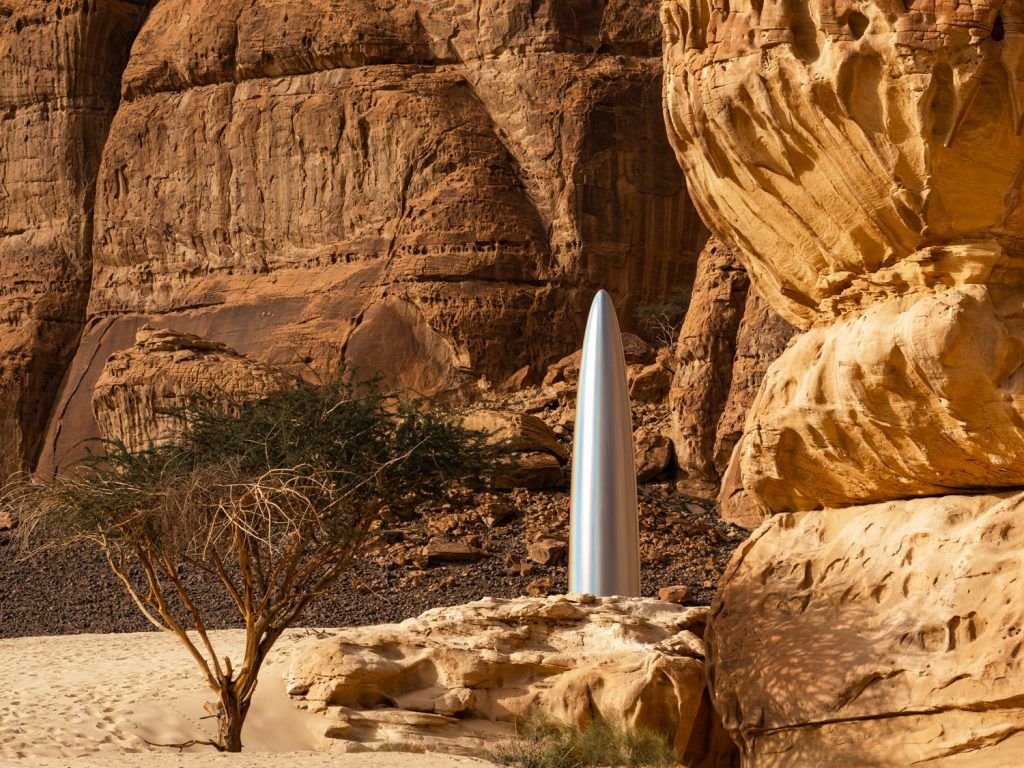
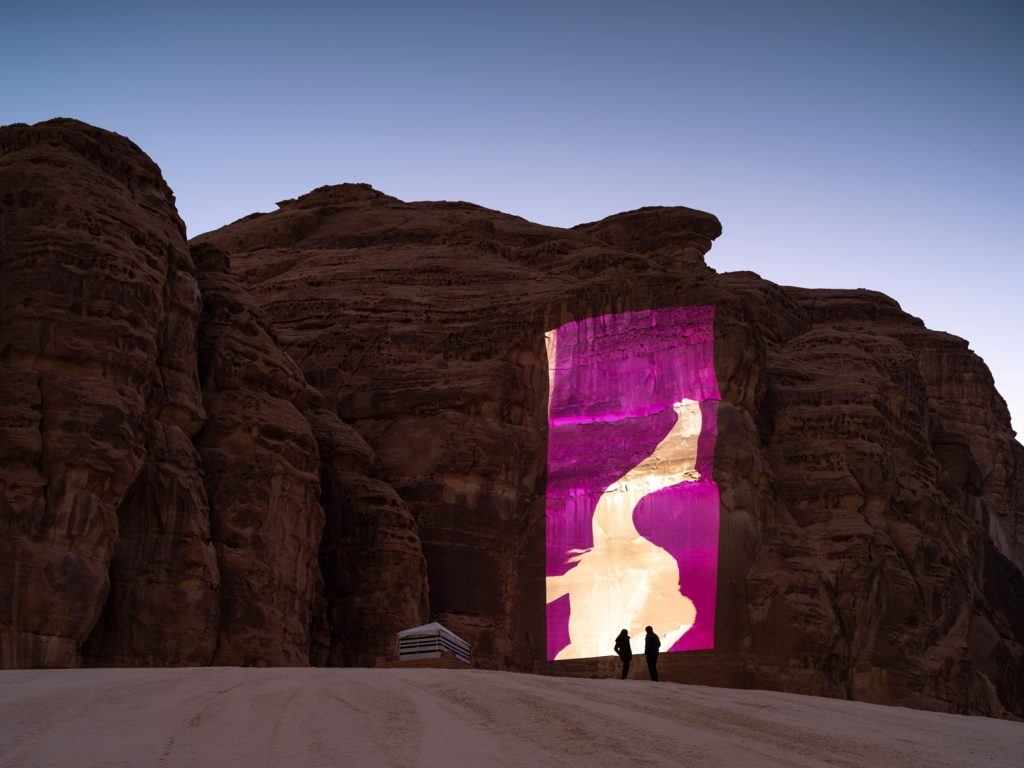
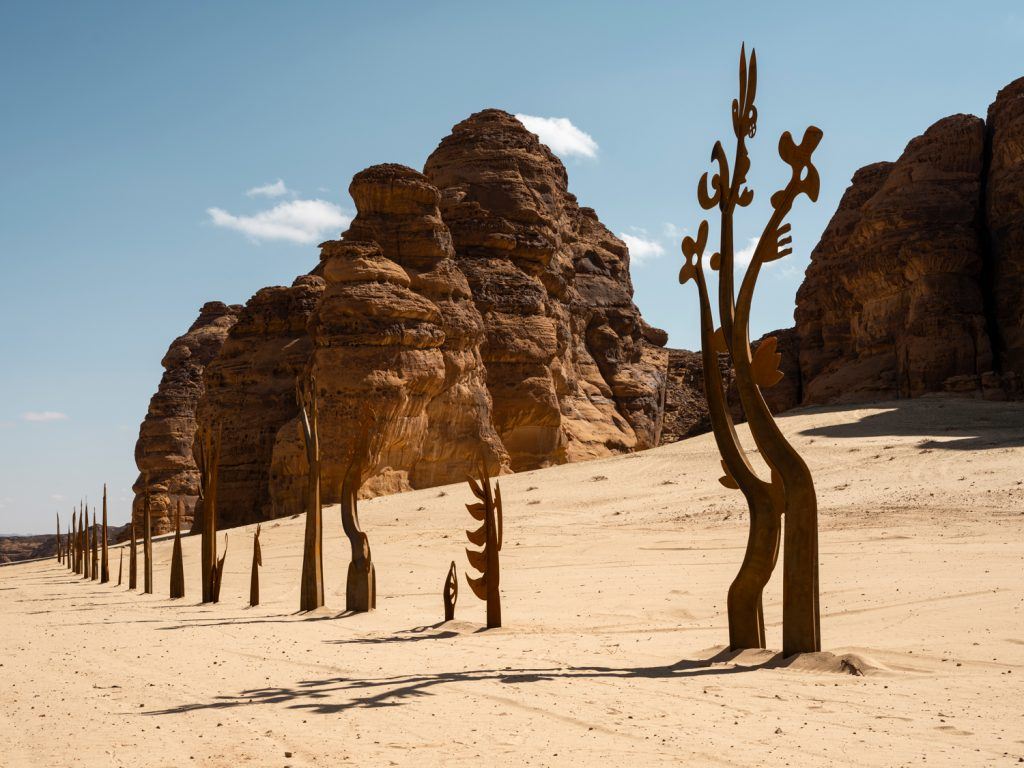
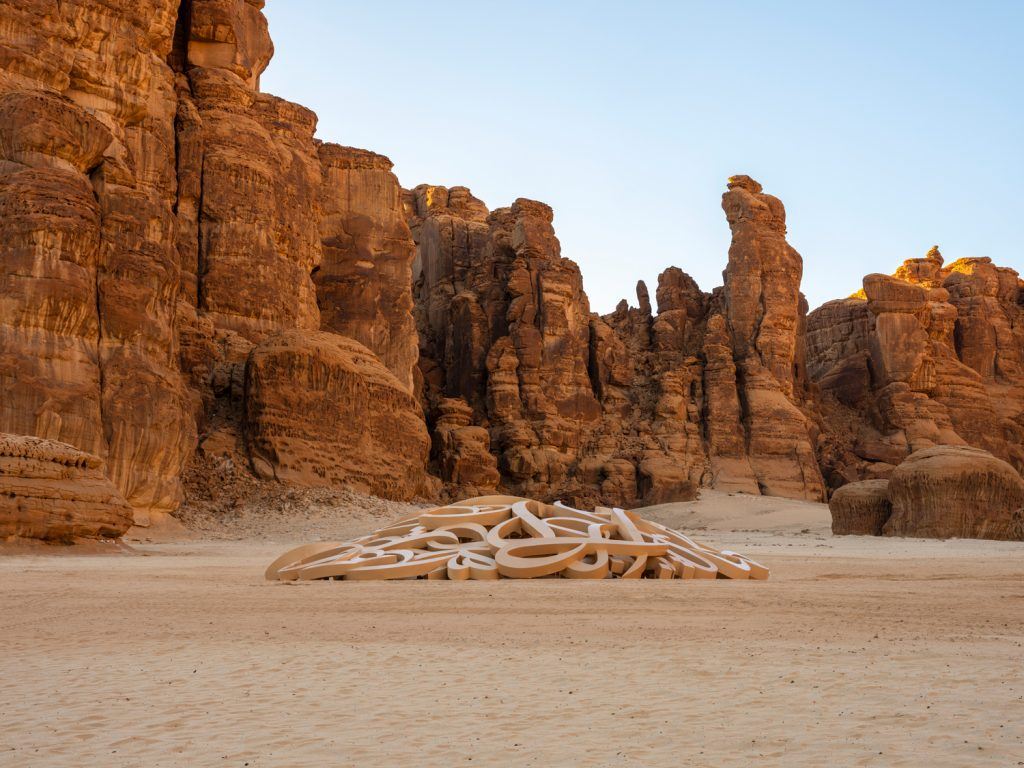
Desert X Al-Ula is on view through March 7, 2020.






